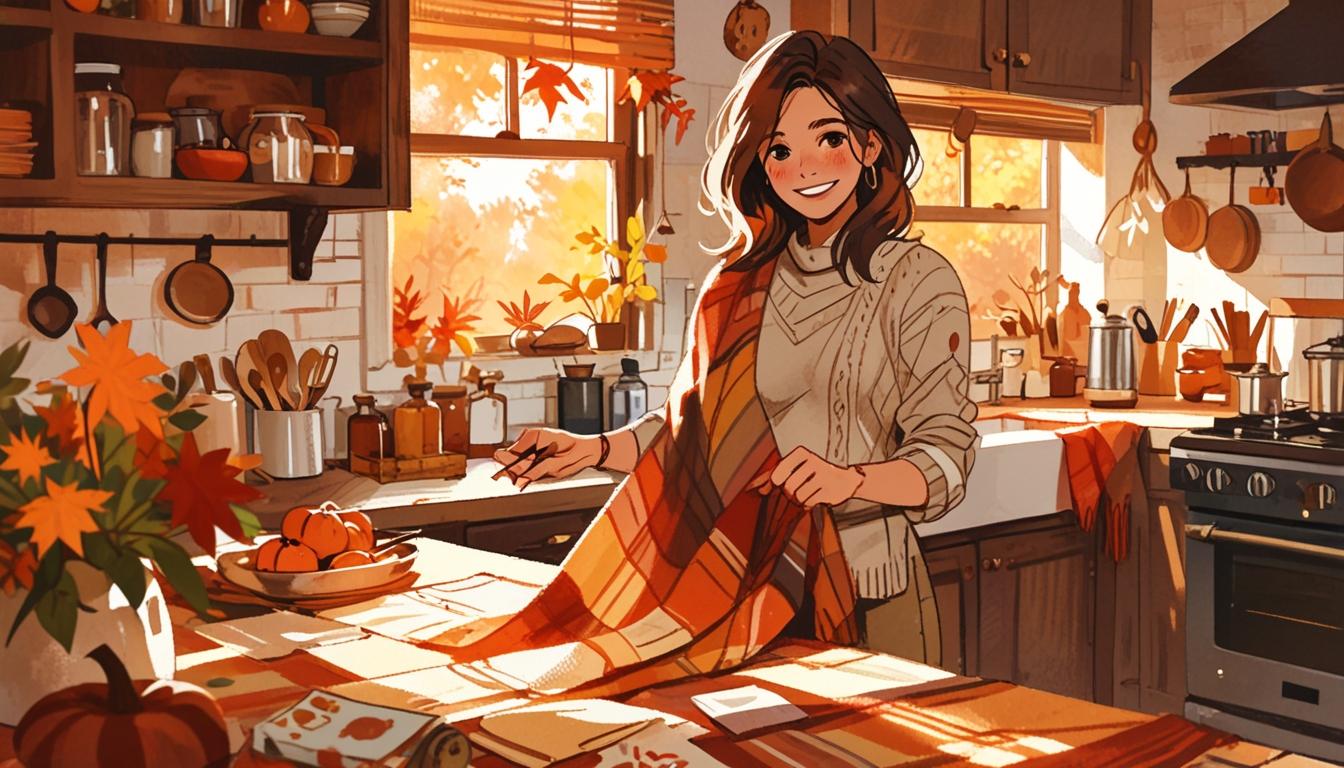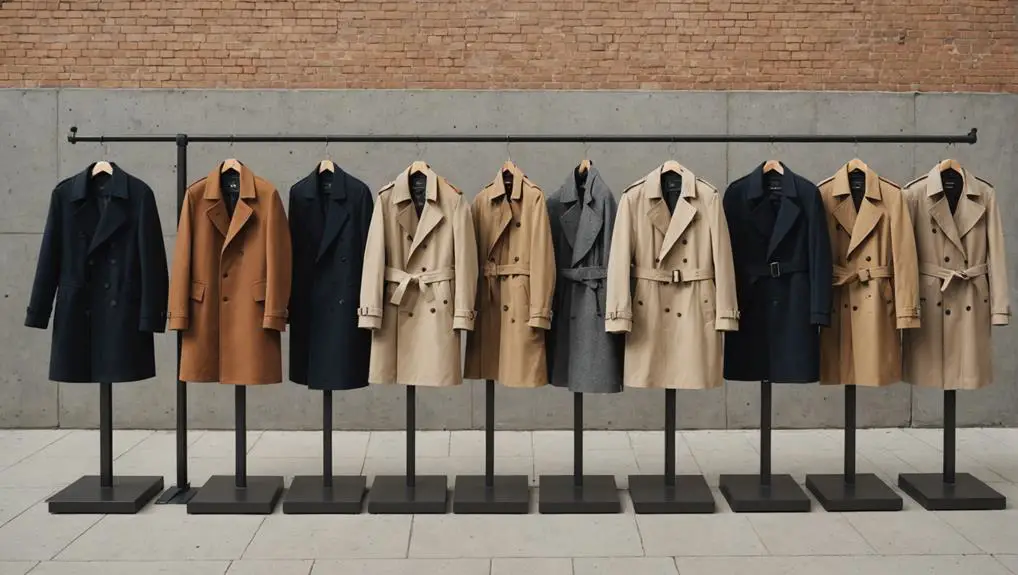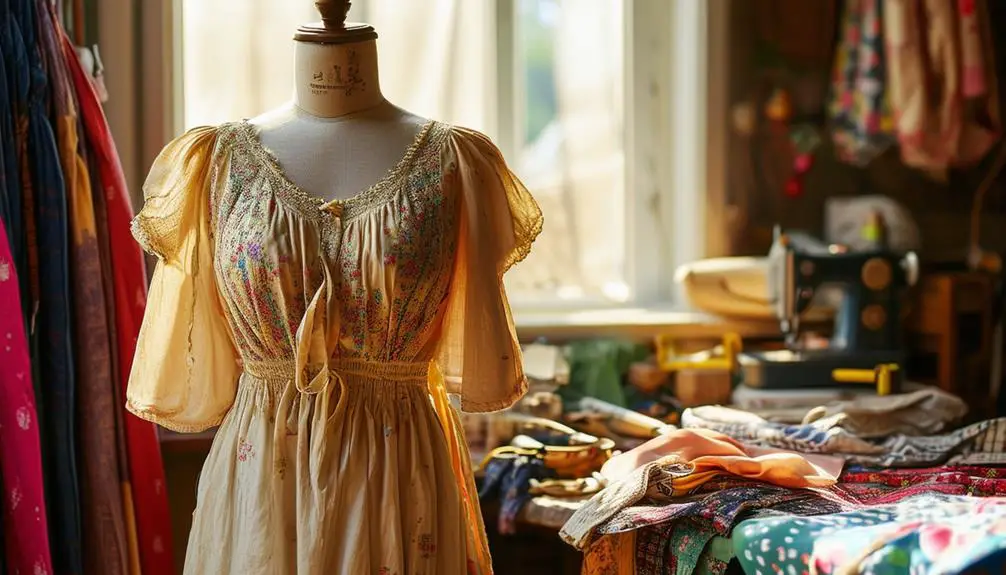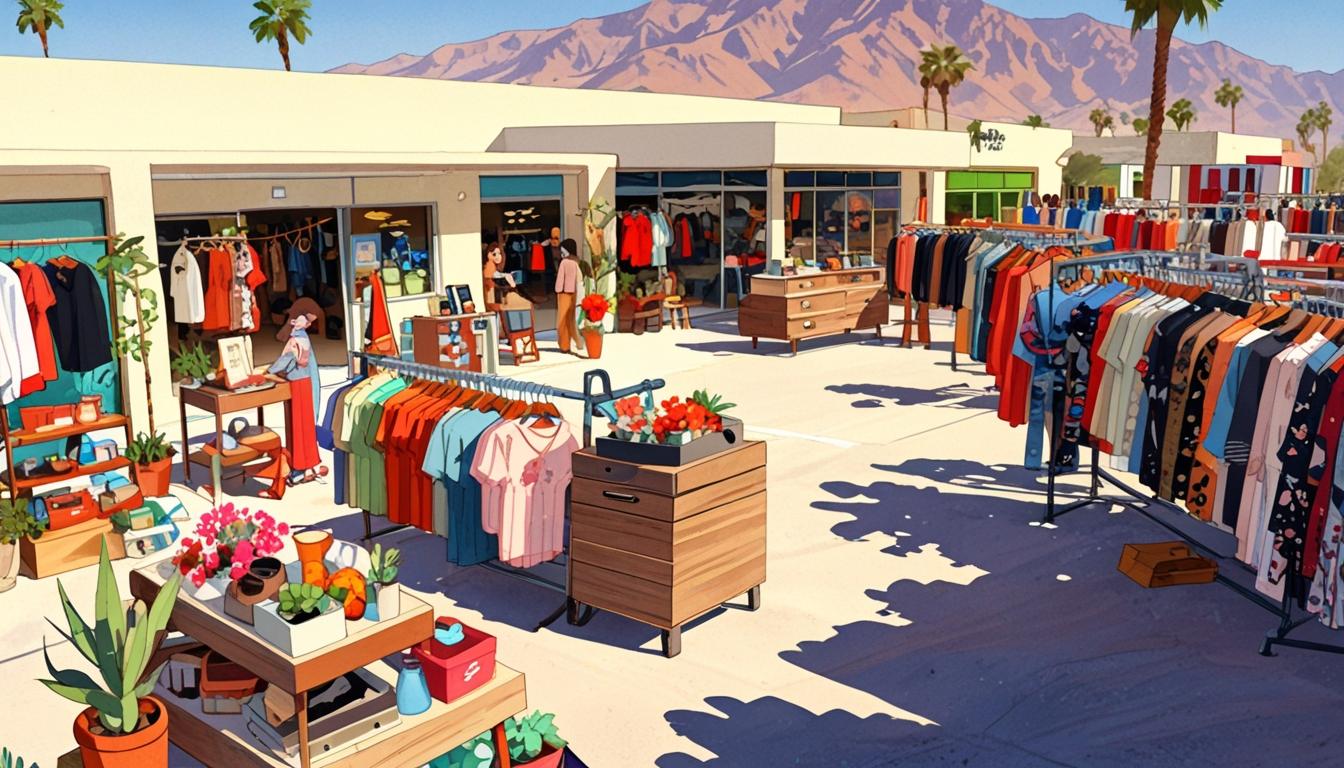Stylist Aoife Dunican, known as The Style Bob, offers insights on how personalized color analysis can enhance confidence and personal style, emphasizing the importance of colors in fashion.
On a gray February morning, stylist and public speaker Aoife Dunican, also known as The Style Bob, conducted a personalized color analysis session in her kitchen. The process aimed to identify the hues that enhance the natural complexion, hair color, and eye color of her client, a task she appears both passionate about and adept in.
Dunican highlights the psychological and physiological impact of colors, emphasizing their essential role in improving not only appearance but also confidence and communication. “It’s amazing how colour affects us and also affects people,” she remarked during the session, revealing the transformative power of hues. Color analysis, which saw immense popularity in the 1980s thanks to Carole Jackson’s book “Colour Me Beautiful,” is currently experiencing a resurgence, particularly on social media platforms like TikTok, where posts related to color analysis have amassed almost 750 million views.
Traditionally, color analysis categorizes individuals into one of four season palettes—spring, summer, autumn, and winter—each associated with specific undertones. Warm undertones correspond to spring and autumn, while cool undertones align with summer and winter. The client, who sought to incorporate more color into her wardrobe after feeling uninspired, filled out a questionnaire regarding her preferences and personality prior to the appointment.
Through the draping of various fabric swatches, Dunican determined that the client fell into the autumn category with warm undertones. She advised that warm colors could brighten her face, while cooler shades tended to drain her complexion. Notably, Dunican suggested, “The earthy shades of Autumn are you,” encouraging vibrant yet muted tones rather than the more commonly assumed drab colors associated with the autumn palette. She characterized the autumn range as including pinks, turquoises, reds, and oranges that carry depth rather than appearing flat or “dirty.”
Dunican approaches color analysis with flexibility, assigning a primary and a secondary season to individuals, allowing for a more personalized wardrobe that acknowledges individual styles and preferences. “You don’t want to box people,” she stated, emphasizing the importance of education in her practice. She demonstrated how the right colors could make a person’s features more vibrant, saying, “We want our skin to totally even out and look healthy,” while also acknowledging the subjective nature of color preferences.
Texture and fabric play pivotal roles in how colors are perceived. Dunican advised against viewing colors in isolation, advocating for the strategic use of neutrals to complement brighter shades. She explained that well-selected neutrals could provide a sophisticated backdrop for vibrant colors, allowing for versatile outfit combinations, especially throughout the summer months.
“Never look at colours just in isolation… neutrals can make brights more wearable by softening them and toning them down,” Dunican highlighted, further delving into the crucial balancing act between color and neutral tones. She also stressed the significance of wearing good quality pieces, particularly in neutrals, to create a cohesive wardrobe, advocating for “the more simple and neutral it is, the better it should be.”
While expressing her preference for black as a staple, Dunican cautioned against over-relying on it as the only option in a wardrobe. She raised points regarding the psychological reasons behind the preference for black, especially among women seeking to appear slimmer, and shared insights on how to play with colors to draw attention to an individual’s best features instead.
The conversation delved into the broader implications of color, with Dunican associating specific shades with various emotional and psychological qualities. As she reflected on the confusion many individuals face in today’s fashion landscape, she noted the rising popularity of simplified dressing approaches, such as capsule wardrobes and structured color analyses, designed to alleviate decision fatigue.
For Dunican, the excitement lies not merely in analyzing color but in combining these hues creatively to showcase individuality and style. Her philosophy encourages clients to embrace a wider array of color while also recognizing the power of neutrals, leading to uniquely curated outfits that stand out.
With the session wrapping up, the client left with newfound confidence and a strong sense of direction for her spring wardrobe overhaul, equipped to embrace color in ways more aligned with her personal style. This moment encapsulated Dunican’s ethos: that color, when utilized effectively, has the potential to enhance not only appearance but also an individual’s sense of self.
Source: Noah Wire Services




